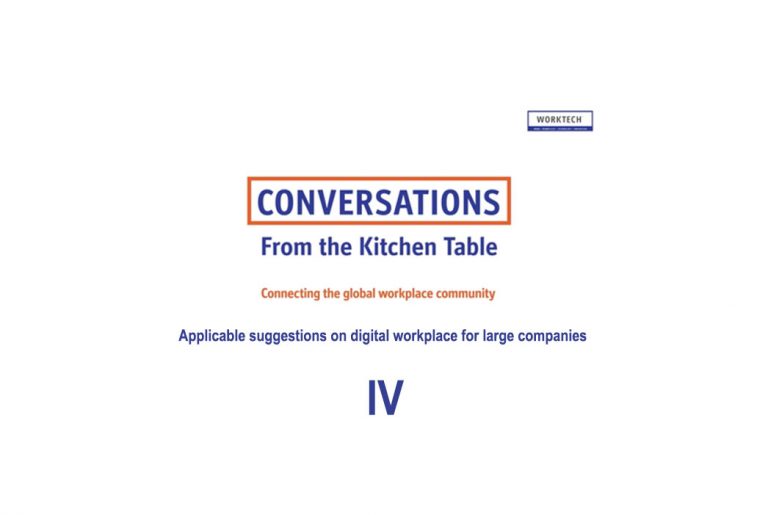This post is the last to our blog post series: 9am co-founder and COO Elaine Hunag talks smart technology with UnWork analyst Arraz Makhzani. In this post, Elaine talks about what the applicable solutions for big companies to implement digital technology into workplace.
Arraz: How can large organizations respond to the digital workplace and therefore create great workplace experiences?
Elaine: An important difference between larger companies and smaller ones is that when planning and implementing intelligent solutions, larger companies are facing a variety of complex environments. They are seeking a unified corporate culture while meeting the needs of personalized preferences. This also involves cross-nation and cross-city collaborations, and the companies always want a one-size-fits-all solution.
- Step 1 – Understand the actual need
Find out the current situation: how the team uses the space and what they are doing within it, and understand where the problems lie. In the past, it may have been understood through observation, but now it can be detected by more technical means. For example, through the installation of sensors, without intruding the privacy of the employees, it’s easier to understand the use of space by different teams without interrupting daily work. Questions often asked are: when do they like to have meetings? How many people hold a meeting? How long does a meeting last? How often do they make phone calls? Do they like to eat at their desks or go out for lunch? When does the team usually start their workday? These questions will help us have a clearer understanding of what changes the larger companies need to make.
- Step 2 – Categorize problems
Locate the problems and place them into three main categories: office wellness, space waste and ROI.
- Step 3 – Set a target and solve one problem at one time
Our clients are facing lots of different problems. Usually it’s better to focus on one problem at one time, using an overall plan or strategy. We would suggest that companies drill down into the situation and observe very closely, using sensors, data analysis and manual observation to turn “Thin data†into “Thick dataâ€, and start to change the culture step by step.
- Step 4 – Cross-cultural application
Chinese companies have regularly been used to using WeChat in work and life scenarios, and to meet different needs, so there are many mini apps or programs integrated into it. However, it might not be applicable to other countries, so we need to take different local needs and behavioral models into consideration when we design a digitalized workplace, especially for those transnational corporations.
- Step 5 – Long term analysis, feedback and adjustment
It takes time to gather feedback, so keep analyzing data and make regular adjustments. You can even conduct a pilot program before making any decisions.
Arraz: What should companies look out for when designing a smart building?
Elaine: There are a few things we need to pay close attention to before designing a smart building.
- Accuracy of the data
Inaccurate data can bring about inaccurate analysis and lead to wrong decisions.
- Uniformity
You don’t want a huge variety of technological terms confusing you. Terms such as Bluetooth Mesh, LoRa, Zigbee, Wifi, NB-IoT and, of course, 5G. These things have different functions in different scenarios, so the overall planning should be done prior to the implementation, and organizations need to figure out what IoT network/solution they need beforehand.
- Privacy and security
The security and privacy issues that occur in the IoT and AI area are quite different from those in Internet areas. As a first step, we suggest isolating the IoT network, to avoid conflict with IT networks, and protect important and sensitive data and information to ensure privacy and security.
These are usually some simple suggestions we would provide to our clients when they approach us for a smart office solution.
This was just the start of our conversation on smart workplaces, and there is plenty more that we want to chat about! Follow our updates on blog posts and our social media, and leave a comment to further the discussion.
See the full video here.

